304/316 stainless steel pipe
OKorder Service Pledge
OKorder Financial Service
You Might Also Like
stainless steel pipe
Stainless steel is a production which not easy rust,acid resistance and corrosion resistance,so it is widely used in light industry,heavy industry,daily necessities and the decoration industry.my company long term supply stainless steel porducts including:stainless steel sheet,stainless steel coil and stainless steel tube
Specifications
1.Specification:21.3*3.73mm or others
2.Surface:4k/6k//8k
3.Length:6m or as your requirement
A series of photos
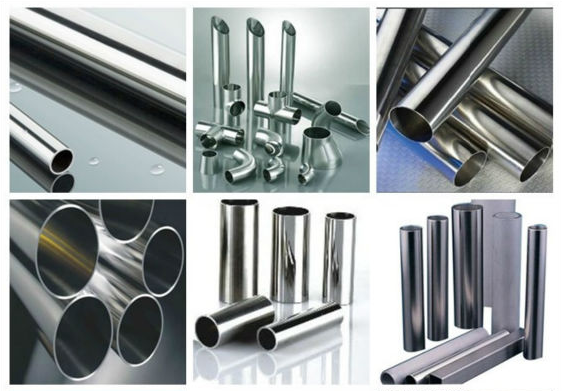

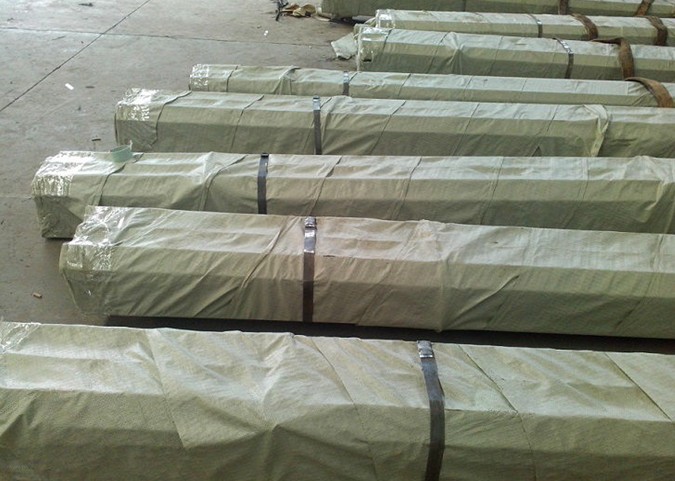

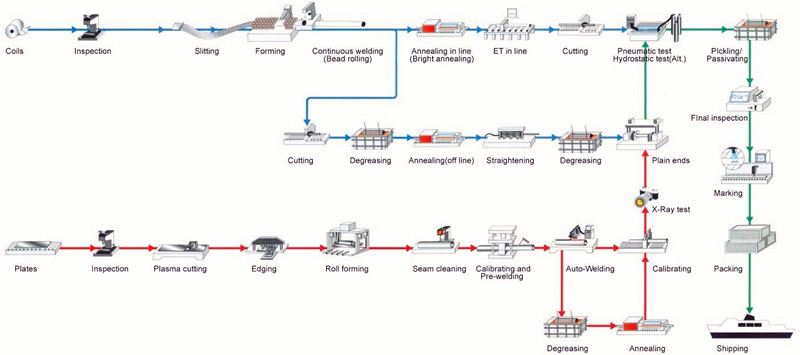
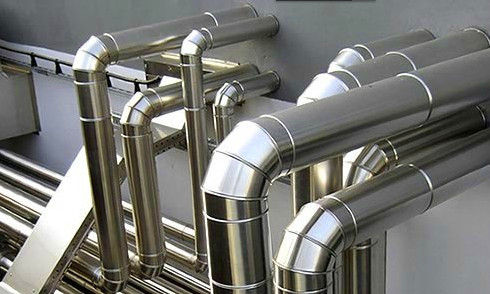
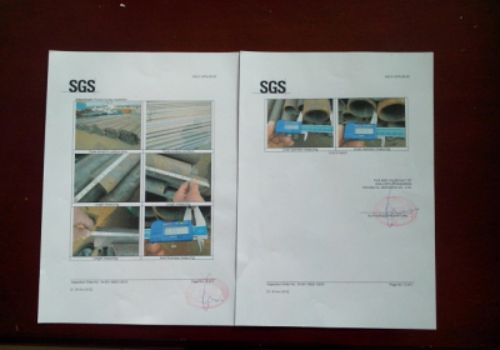
A series of pictures
- Q:What is the difference between 904L and 316L stainless steel pipes?
- The main difference between 904L and 316L stainless steel pipes lies in their composition and properties. 904L stainless steel is a high alloy austenitic stainless steel with higher levels of chromium, nickel, and molybdenum, making it highly resistant to corrosion in various environments, including harsh industrial and marine conditions. On the other hand, 316L stainless steel is a lower alloy austenitic stainless steel that contains less chromium, nickel, and molybdenum, making it less resistant to corrosion compared to 904L. Therefore, 904L stainless steel pipes are typically preferred in applications that require exceptional corrosion resistance, while 316L stainless steel pipes are suitable for general-purpose applications.
- Q:Can stainless steel pipes be pickled and passivated?
- Yes, stainless steel pipes can be pickled and passivated. Pickling is a chemical process that removes impurities and surface contaminants from stainless steel, while passivation is a treatment that enhances the corrosion resistance of the material. Both processes are commonly used in the industry to ensure the quality and longevity of stainless steel pipes.
- Q:304L stainless steel pipe can withstand 0.1MPA?
- 304L stainless steel pipe can withstand 0.1MPAThe pipe can be able to withstand the pressure to see the size, there is the stainless steel seamless pipe pressure is stronger than that of stainless steel pipe joints. 0.1Mpa=10 kg pressure.
- Q:Can stainless steel pipes be welded?
- Yes, stainless steel pipes can be welded.
- Q:Can stainless steel pipes be used in the construction industry?
- Yes, stainless steel pipes can be used in the construction industry. They are highly durable, corrosion-resistant, and can withstand extreme temperatures, making them suitable for a wide range of applications such as plumbing, heating, ventilation, and structural support.
- Q:Can stainless steel pipes be surface treated?
- Yes, stainless steel pipes can be surface treated through various methods such as pickling, passivation, electropolishing, or coating to enhance their appearance, corrosion resistance, and durability.
- Q:Can stainless steel pipes be used for HVAC systems?
- Certainly! HVAC systems can utilize stainless steel pipes. Due to their durability, resistance to corrosion, and high heat tolerance, stainless steel is widely employed in the realm of HVAC applications. These pipes possess the capability to withstand high temperatures and pressures, rendering them suitable for both heating and cooling systems. Moreover, stainless steel pipes are highly resistant to rusting and corrosion, ensuring an extended lifespan and minimal maintenance for HVAC systems. Additionally, the smooth interior surface of stainless steel pipes facilitates improved airflow, ultimately enhancing the efficiency of the HVAC system. In conclusion, when it comes to HVAC installations, stainless steel pipes are an efficient and dependable choice.
- Q:How do you determine the size of a stainless steel pipe?
- The size of a stainless steel pipe is determined by measuring its outer diameter using a caliper or a tape measure.
- Q:Can stainless steel pipes be bent or shaped easily?
- Stainless steel pipes can be bent or shaped, but the ease of bending or shaping depends on various factors such as the thickness, diameter, and grade of the stainless steel. Generally, stainless steel pipes have a higher resistance to bending compared to other materials like copper or aluminum. However, with the use of specialized tools and techniques such as pipe benders or hydraulic presses, stainless steel pipes can be bent or shaped to desired angles or curves. It is important to note that excessive bending or shaping may cause the stainless steel pipe to weaken or distort, so it is crucial to follow proper procedures and guidelines to ensure the structural integrity of the pipe is maintained.
- Q:Can stainless steel pipes be heat treated?
- Yes, stainless steel pipes can be heat treated. Heat treatment is a process that involves heating the stainless steel pipe to a specific temperature, holding it at that temperature for a certain period of time, and then cooling it down in a controlled manner. This process is typically done to alter the mechanical properties of the stainless steel, such as increasing its hardness or improving its strength. Heat treatment can also be used to relieve stress or remove impurities in the stainless steel pipe. However, it is important to note that not all grades of stainless steel can be heat treated, as the composition of the alloy plays a significant role in its heat treatability. It is recommended to consult the manufacturer or a metallurgical expert to determine the appropriate heat treatment process for a specific stainless steel pipe.
1. Manufacturer Overview |
|
|---|---|
| Location | |
| Year Established | |
| Annual Output Value | |
| Main Markets | |
| Company Certifications | |
2. Manufacturer Certificates |
|
|---|---|
| a) Certification Name | |
| Range | |
| Reference | |
| Validity Period | |
3. Manufacturer Capability |
|
|---|---|
| a)Trade Capacity | |
| Nearest Port | |
| Export Percentage | |
| No.of Employees in Trade Department | |
| Language Spoken: | |
| b)Factory Information | |
| Factory Size: | |
| No. of Production Lines | |
| Contract Manufacturing | |
| Product Price Range | |
Send your message to us
304/316 stainless steel pipe
OKorder Service Pledge
OKorder Financial Service
Similar products
New products
Hot products
Hot Searches
Related keywords





























